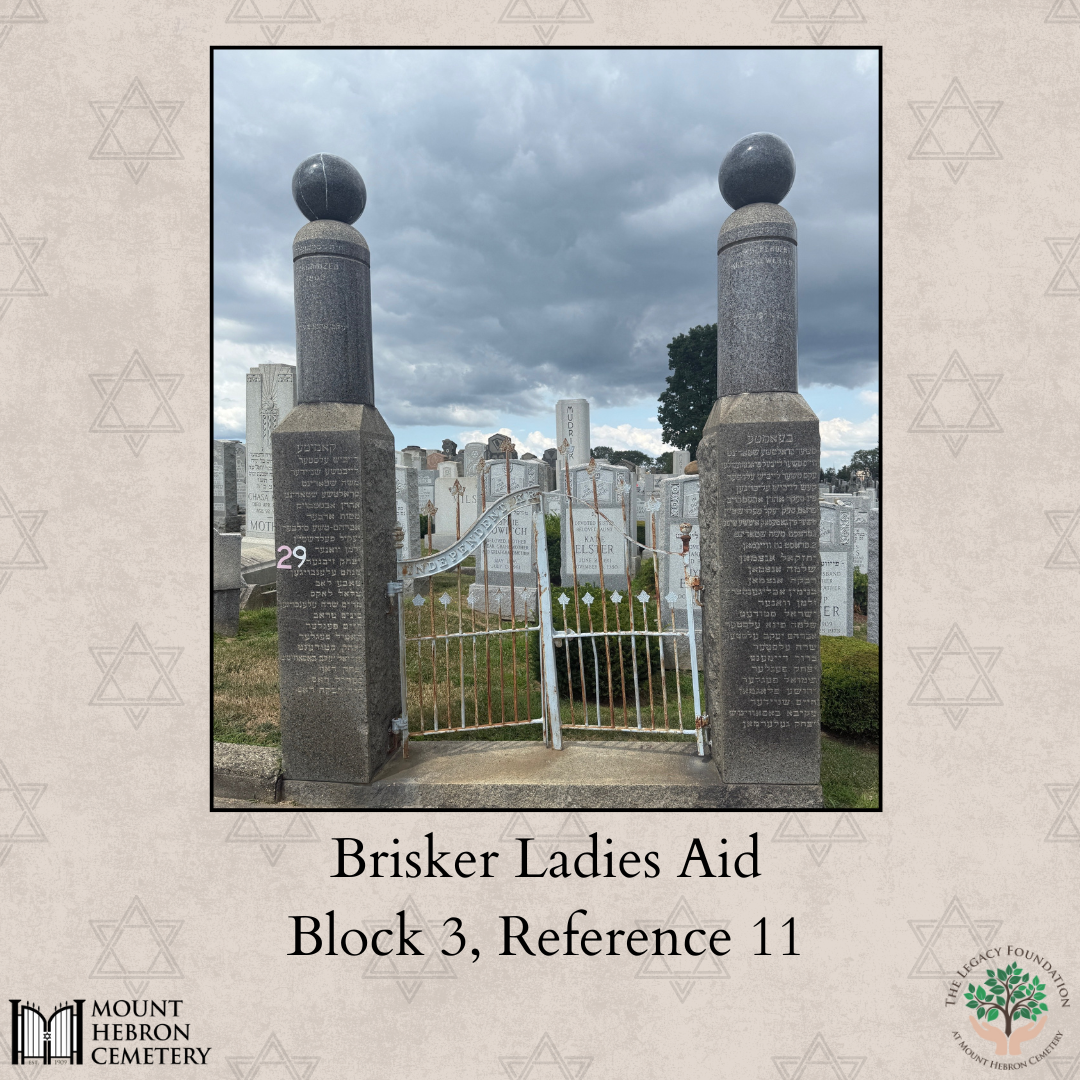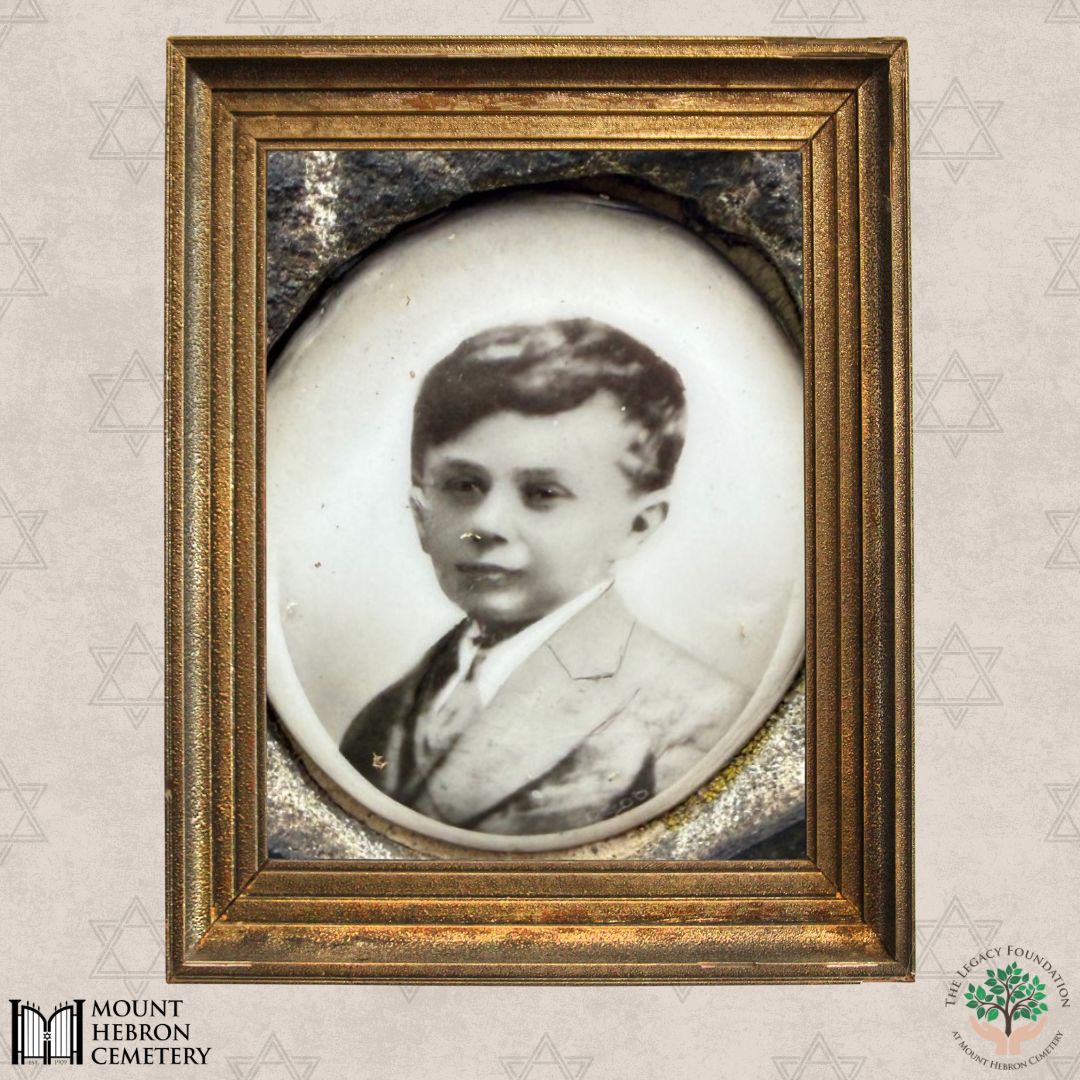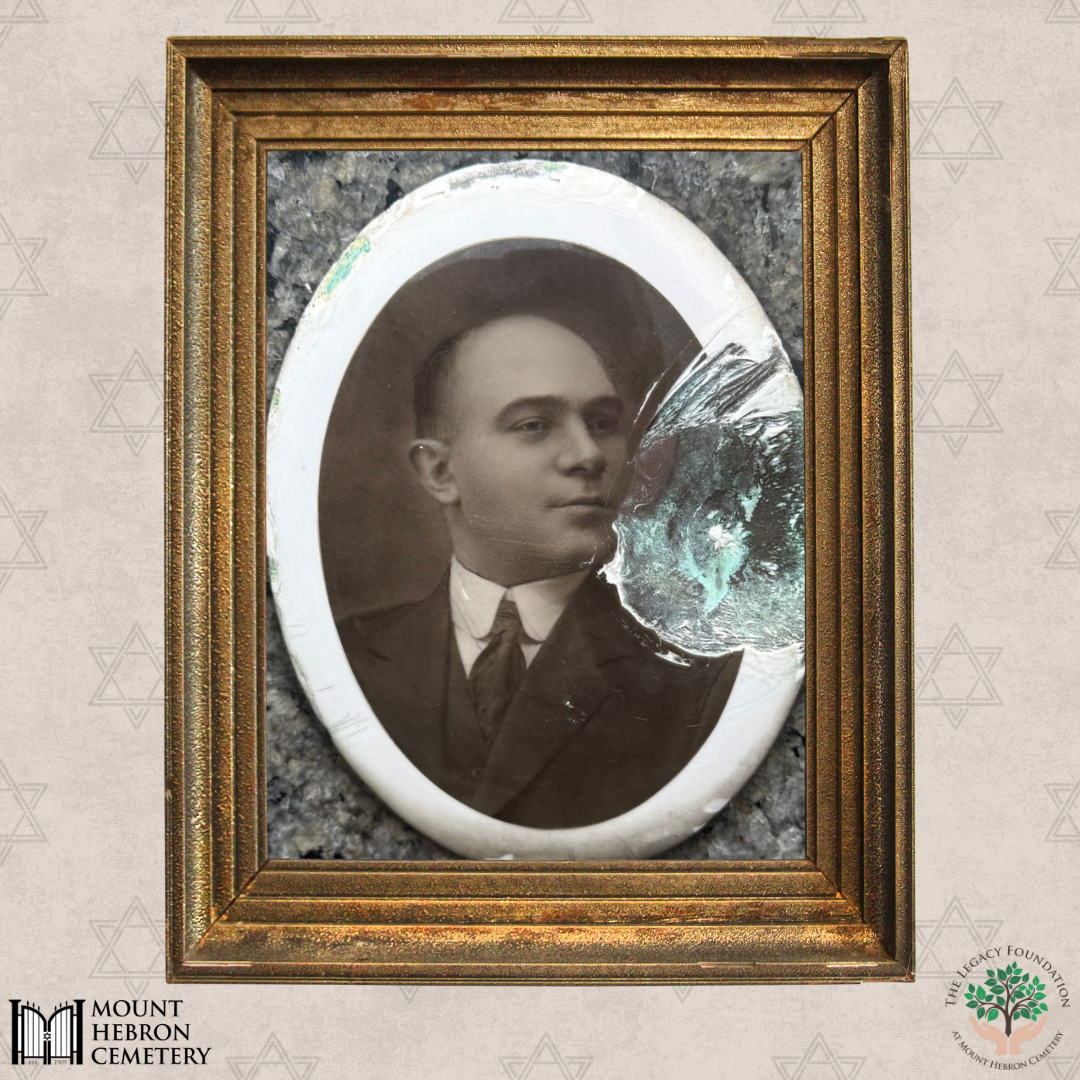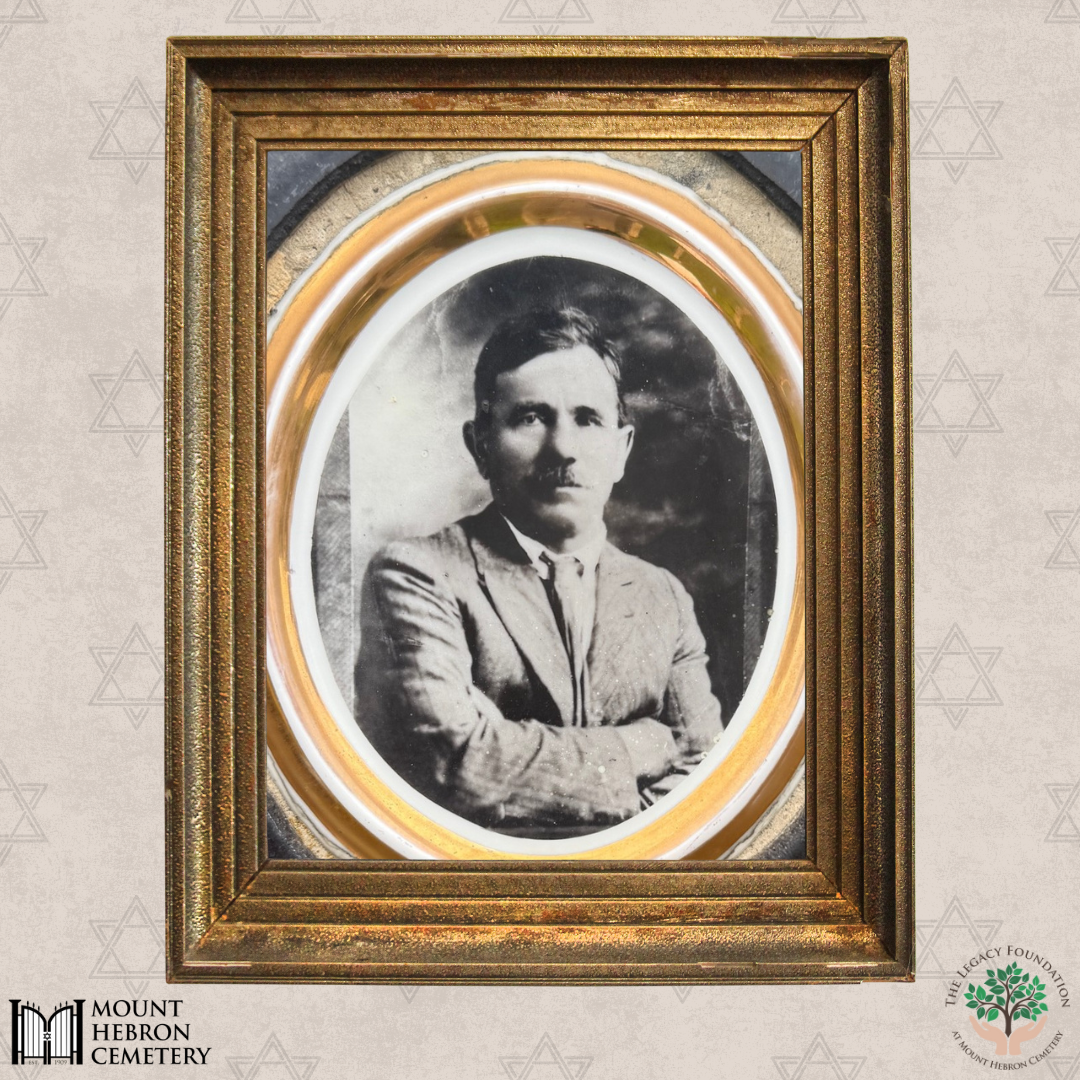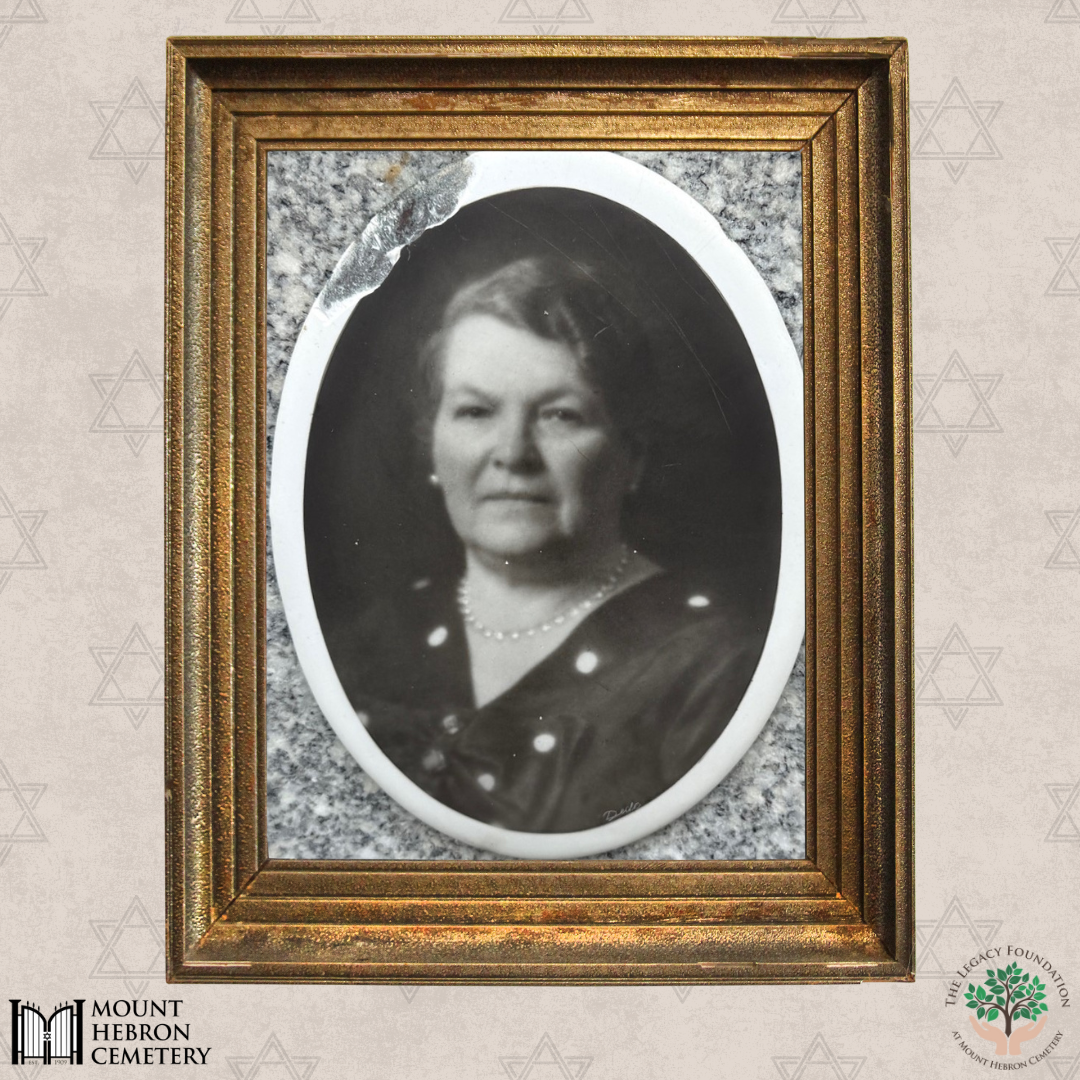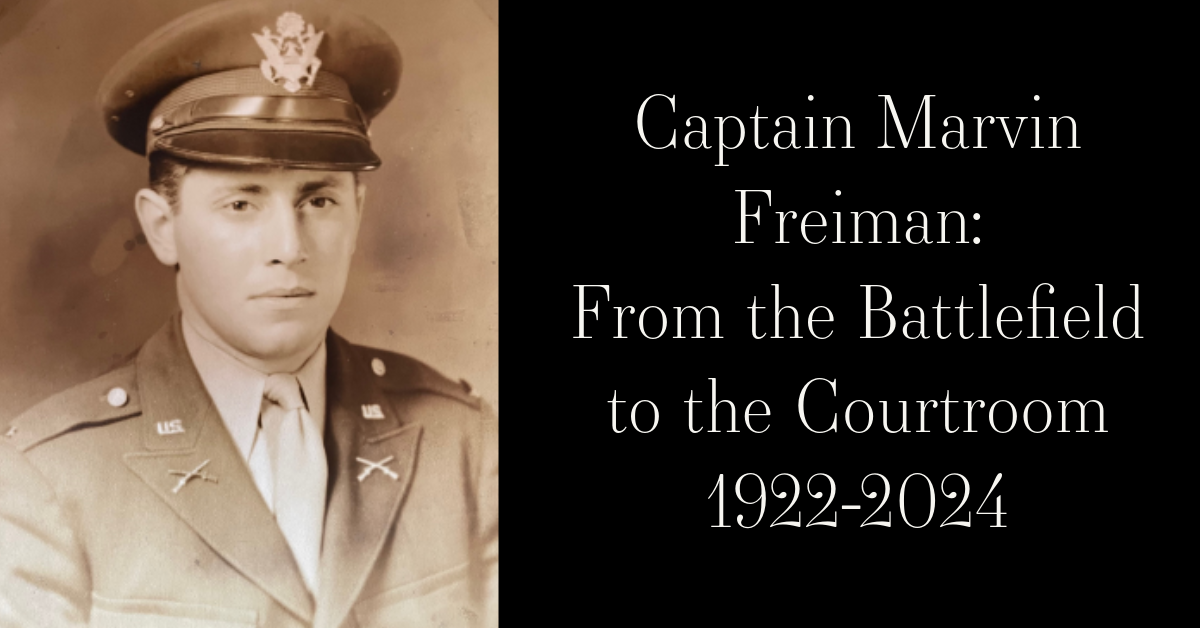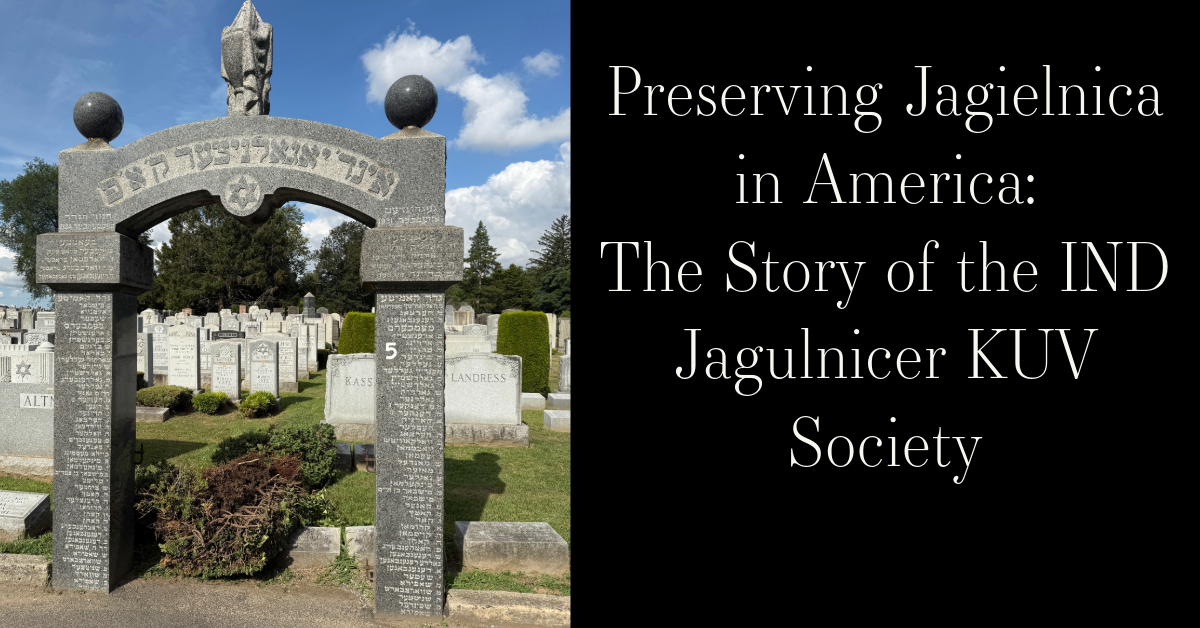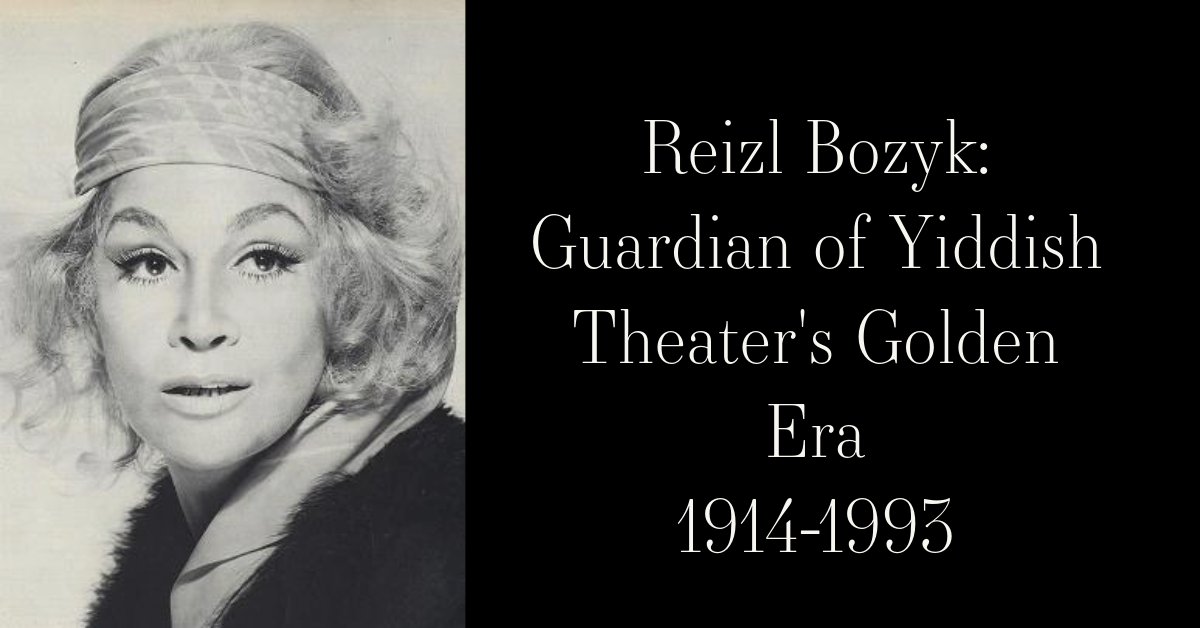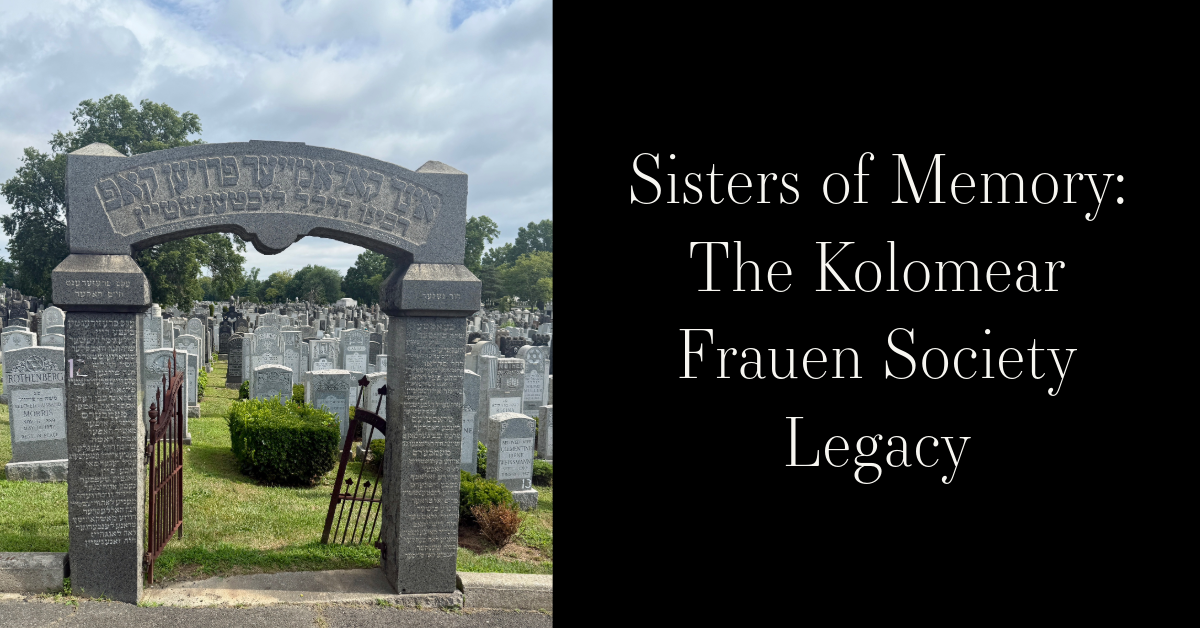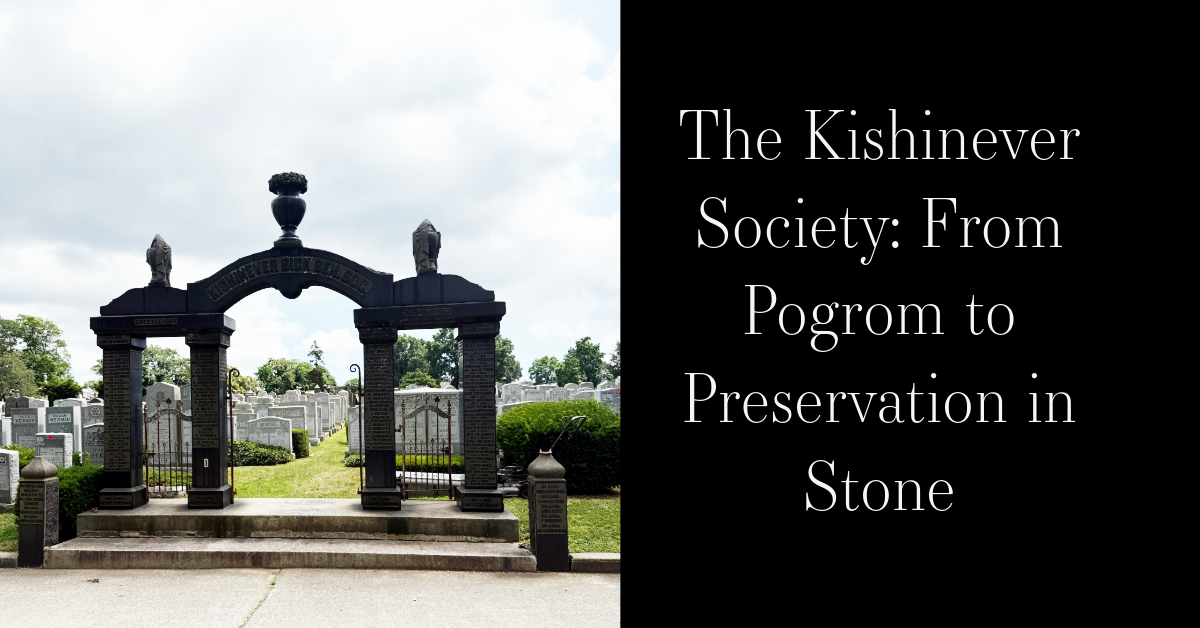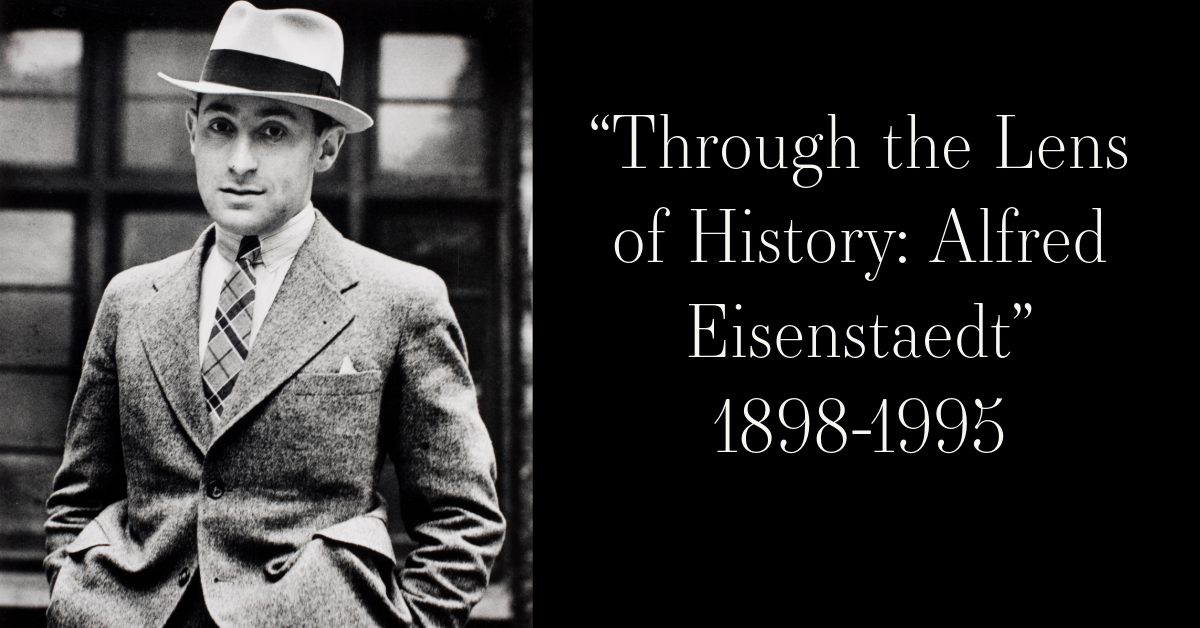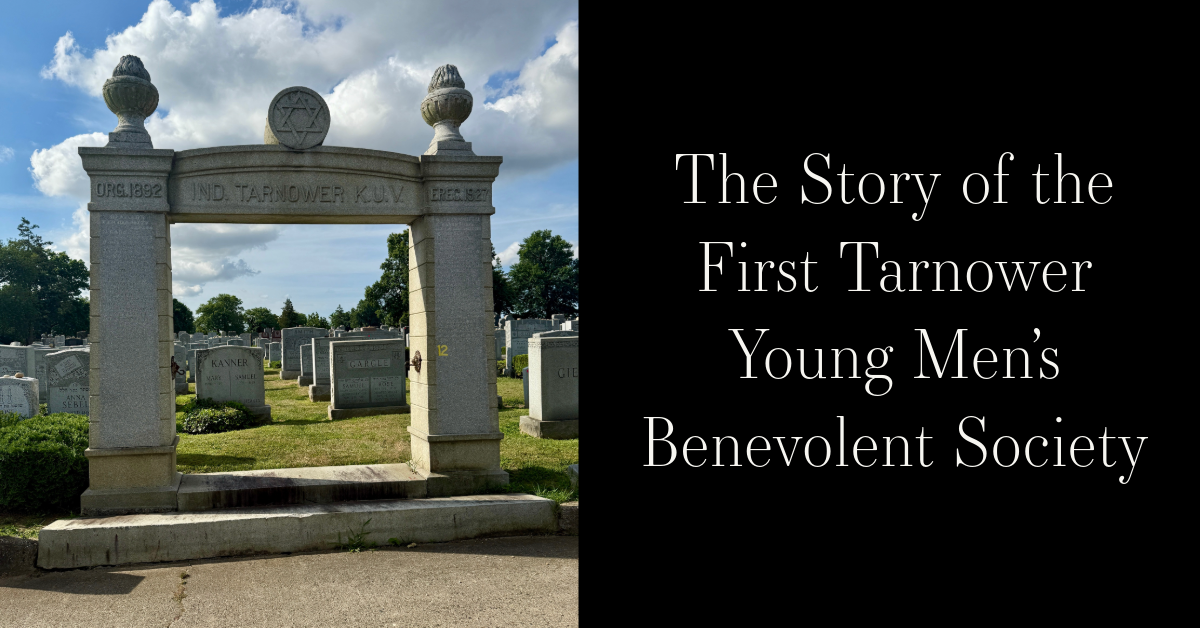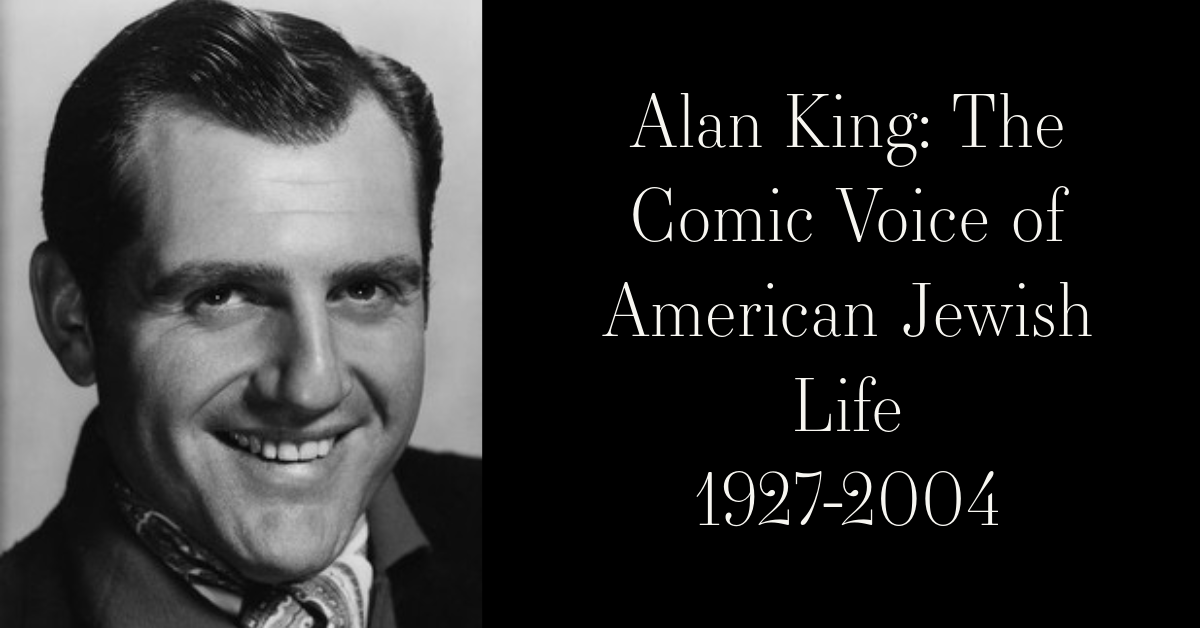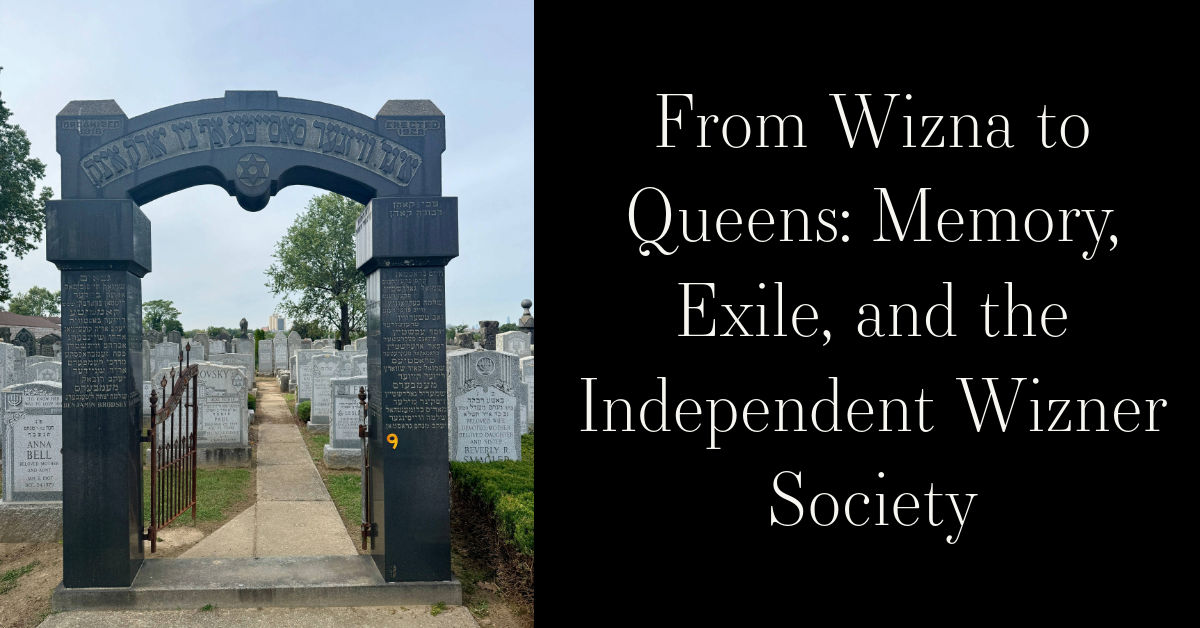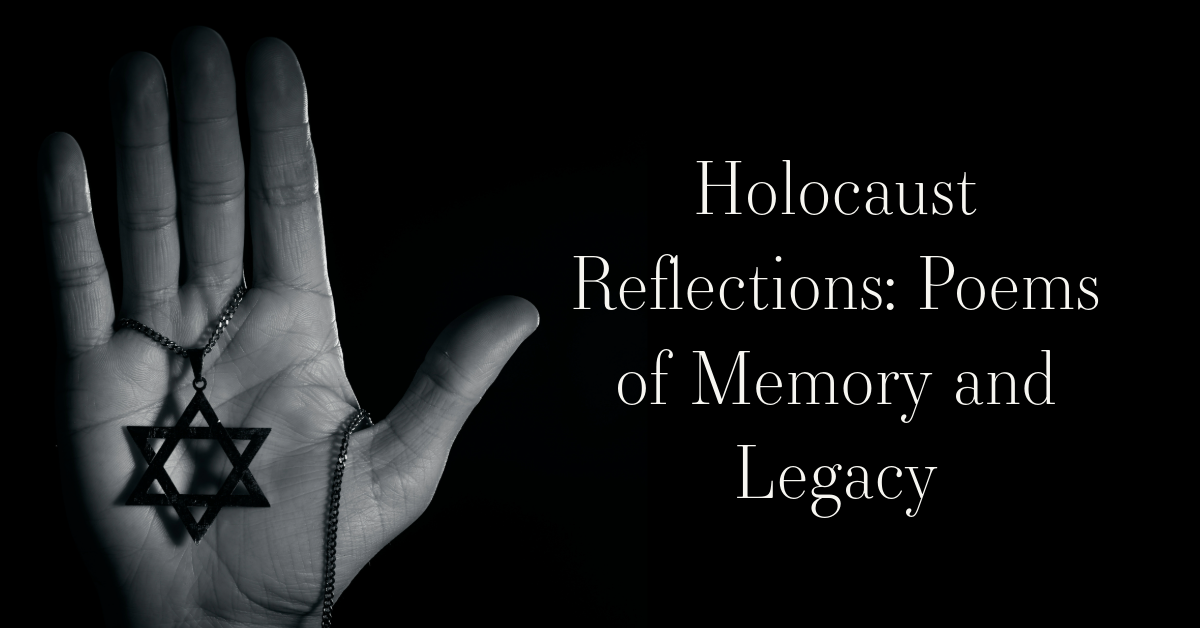Story Summary:
The Brisker Ladies Aid Societies, formed by Jewish women who emigrated from Brisk (Brest-Litovsk, now Belarus), played a vital role in supporting immigrant communities in New York through charitable aid, social gatherings, and mutual assistance. Rooted in a rich tradition from their once-thriving Galician hometown, these women provided care for the sick, supported the poor, and preserved cultural ties while establishing burial plots at cemeteries like Mount Hebron. After the Holocaust devastated Brisk's Jewish population in 1941, the societies shifted toward remembrance, organizing memorials and preserving names of the murdered. Though the groups no longer meet, their legacy of service, solidarity, and historical memory lives on through cemetery gates, archival records, and the descendants who continue to honor their work.
Stitching Memory and Aid: The Brisker Ladies of New York
Brisk, historically known as Brest-Litovsk and now Brest, Belarus, was one of the most important Jewish communities in Eastern Europe. Located along the Bug River, Brisk sat at a vital crossroads of trade, culture, and scholarship. Jewish settlement in the town began in the 14th century and grew steadily, particularly under the Polish-Lithuanian Commonwealth. By the 19th century, Brisk had become a renowned center of Torah learning, home to great rabbinic dynasties like the Soloveitchiks, and known throughout the Jewish world for its scholarly leadership. Jews made up more than half of the population, living within a vibrant network of synagogues, schools, yeshivas, and charitable institutions that shaped daily life.
Despite its spiritual and cultural riches, life for Jews in Brisk was far from secure. Under the Russian Empire, Jews faced social and economic restrictions, conscription threats, and episodes of violent antisemitism. Pogroms erupted during political upheavals, including a particularly brutal one in 1905 that damaged homes and shops and terrified the community. Many families saw emigration as the only path to stability and freedom. Between the 1880s and early 1920s, waves of Jewish men and women left Brisk for the United States, bringing with them not just memories of home but the traditions and values of a close-knit society shaped by faith and mutual support.
Once in New York, Brisker immigrants quickly formed support networks through landsmanshaftn, or hometown associations. Among these were the Brisker Ladies Aid Societies, founded by women who had grown up in Brisk and wanted to care for their fellow immigrants in a new land. These groups offered practical help such as hospital visits, funeral support, loans, and food drives. They also hosted holiday events and regular meetings that created strong community bonds. As was common for women's societies at the time, the Brisker Ladies combined compassion with organization, helping to ease the burdens of immigration while preserving the culture and dignity of their shared background. They acted as a voice for women and a lifeline for the vulnerable, blending social and spiritual work in a deeply meaningful way.
Like many landsmanshaftn, the Brisker Ladies secured burial plots in cemeteries such as Mount Hebron in Flushing, Queens. These cemetery sections served more than practical purposes. They were a form of historical continuity, ensuring that members would be laid to rest near others from their community. The headstones often bore Yiddish or Hebrew inscriptions and sometimes the name of Brisk, visibly linking past and present. The gates marking these burial areas symbolized not only where someone was buried but who they had been, preserving the identity of a town thousands of miles away. The cemetery became a space for remembrance and cultural survival, where descendants could reconnect with their roots.
In 1941, during World War II, the Jewish population remaining in Brisk faced extermination. When Nazi forces invaded the region, they established a ghetto and began a series of mass killings with the help of local collaborators. In just a few months, nearly all of Brisk's Jewish residents were murdered in the forests outside the city or deported to extermination camps. For Brisker immigrants in the United States, the loss was overwhelming. Survivors and their descendants learned the fate of loved ones gradually, through letters, silence, and testimony. The Brisker Ladies, already committed to communal care, now took on a role in collective mourning. They helped sponsor memorials, contributed to yizkor books, and supported survivors while keeping alive the memory of the town and those who had lived there.
Today, the Brisker Ladies Aid Societies are no longer active in the way they once were, but their legacy continues. Their work is preserved in cemetery records, oral histories, and archival materials. Their story shows how Jewish women from small Eastern European towns became essential builders of immigrant life in America. Through care for the living and remembrance of the dead, they stitched together a resilient and meaningful community. The society’s presence at Mount Hebron and the stories they preserved speak to the enduring power of connection, culture, and compassion even across oceans and generations.
Work Cited:
JewishGen Communities Database – Brisk (Brest-Litovsk): https://www.jewishgen.org/Communities/community.php?usbgn=-1957856
Yad Vashem – Brisk Ghetto and Holocaust Events: https://www.yadvashem.org/untoldstories/database/index.asp?cid=450
JewishGen Yizkor Book Project – Brisk/Brest-Litovsk: https://www.jewishgen.org/yizkor/brest/brest.html
United States Holocaust Memorial Museum – Brisk: https://encyclopedia.ushmm.org/content/en/article/brest-litovsk
Museum of Jewish Heritage – Women’s Societies and Mutual Aid:
https://mjhnyc.org
Center for Jewish History – Landsmanshaftn Collections:
https://digital.cjh.org


